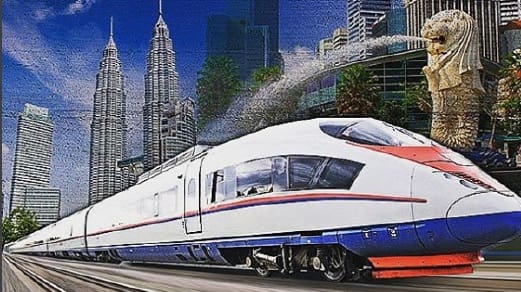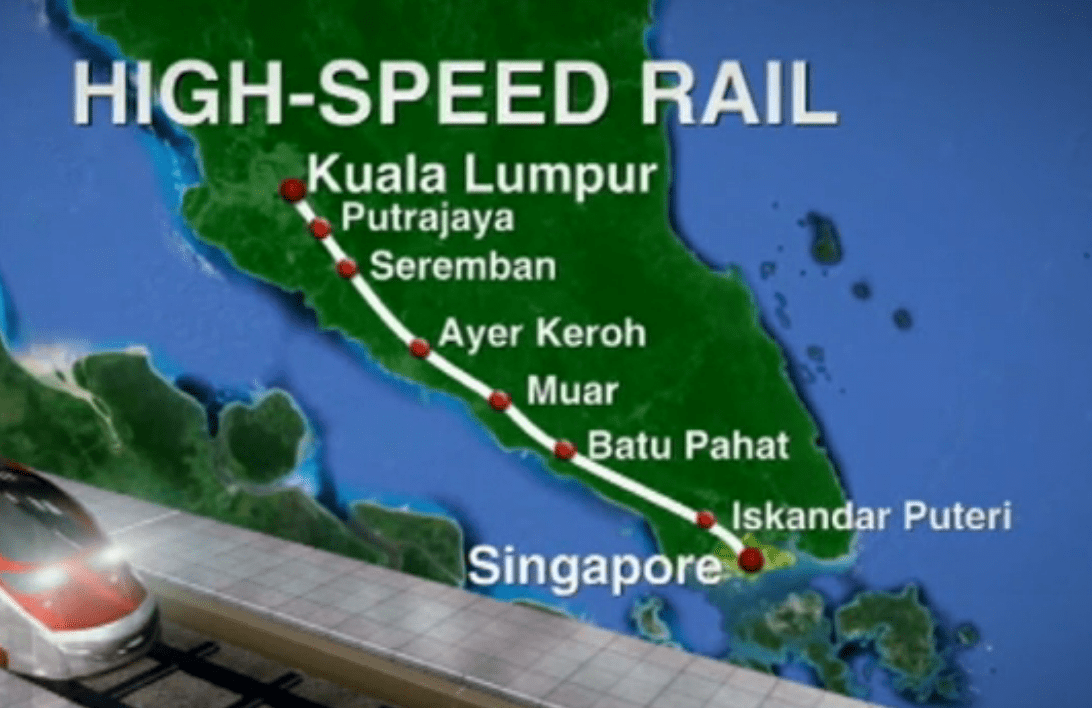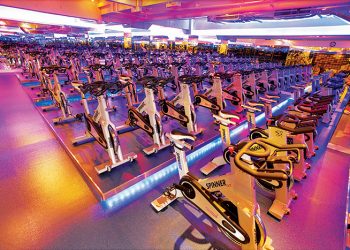
The KL-Singapore High-Speed Rail (HSR) is expected to begin operations around 2026, it was announced at a press conference after the signing of a Memorandum of Understanding (MoU) between the neighbouring countries and this comes before a legally binding bilateral agreement which will be inked by end 2016.
Construction of the HSR is slated to take place from 2018 to 2025, followed by testing, commissioning and a kick-off for the revenue service a year later.
The HSR line will run for 350km (335km in Malaysia and 15km in Singapore) on two tracks going in both directions. There will be eight stops in total: Singapore, Iskandar Puteri, Batu Pahat, Muar, Ayer Keroh, Seremban, Putrajaya and KL.

The existing train service between Singapore to KL takes 11 hours per journey, but this line will be able to reach top speeds of 300km/h, cutting the travel time to about 90 minutes excluding clearance of customs, immigration and quarantine (CIQ). To facilitate seamless travel, there are also plans to co-locate CIQ checkpoints at Singapore, KL and Iskandar Puteri.
Travel time for the HSR between Singapore and Iskandar Puteri in Johor Bahru is expected to be around 10 to 15 minutes.
Two train operating companies will run the HSR service. An international operator will manage the express service between the Singapore terminal at Jurong East and the KL end at the upcoming Bandar Malaysia development. The same operator will oversee a cross-border shuttle service between Singapore and Iskandar Puteri.
With a capacity for up to 100 passengers per car and HSR trains that are roughly 10 cars long, another operator will run the service within Malaysia.
Fares have yet to be determined, but Singapore authorities say that the fares would be “competitive with airfares.”










